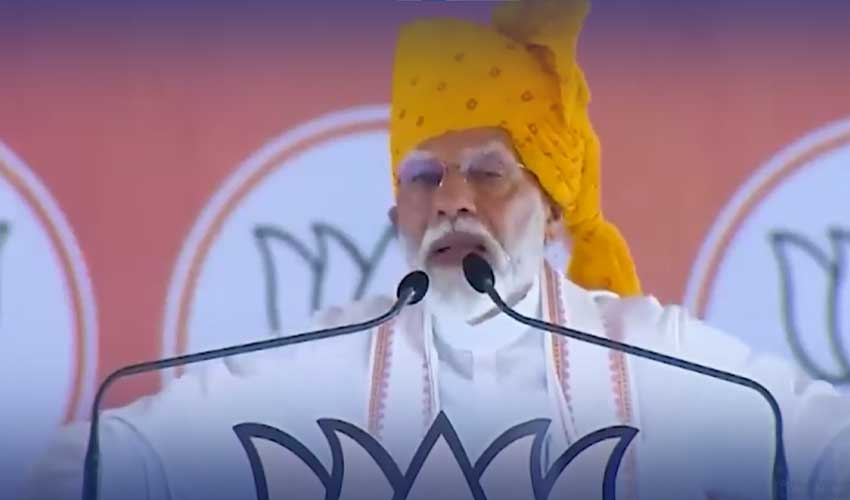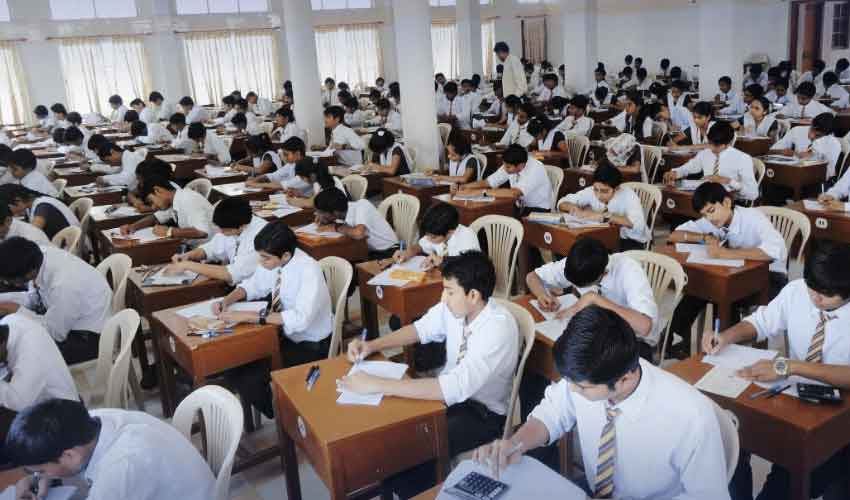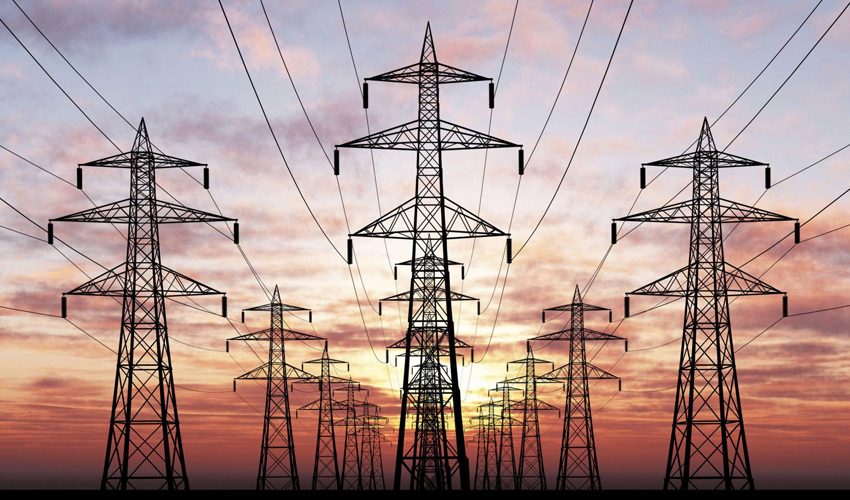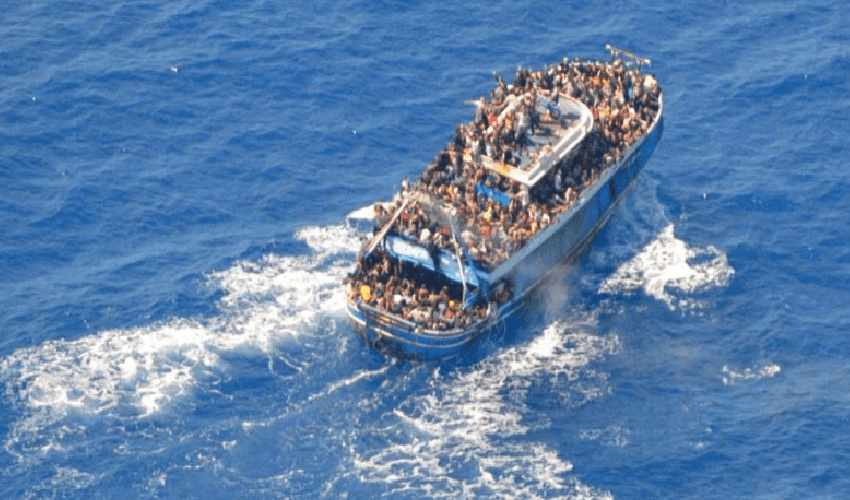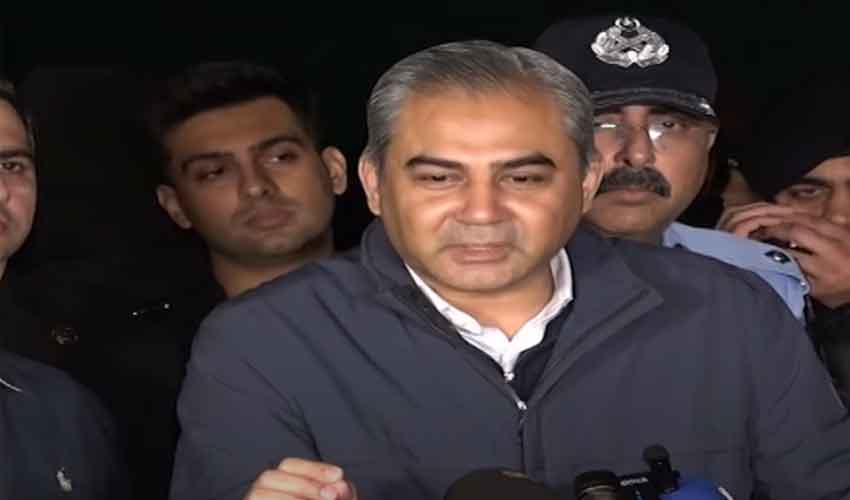According to Reporters Without Borders, Kashmir has emerged as one of the most perilous regions for journalists. The media in this conflict-ridden area faces severe threats, including harassment, intimidation, and physical violence, compelling many journalists to resort to self-censorship for survival.
In recent years, digital repression has become a powerful tool for the Modi government in Kashmir. Frequent internet shutdowns have disrupted communication and information flow.
Notably, following the abrogation of Article 370 in 2019, the region experienced its longest internet blackout, lasting seven consecutive months. These shutdowns, coupled with curfews and roadblocks, have created formidable barriers for journalists trying to report on the ground.
The removal of Jammu and Kashmir’s statehood and autonomy has led to increased restrictions on press freedom. The Indian government’s anti-riot measures have further hindered journalists’ ability to report accurately and promptly. While some internet services have been partially restored, access remains limited and heavily monitored.
In this climate of fear, the Indian government has faced criticism for curbing critical reporting. Since August 5, 2019, journalists in Kashmir have operated under strict restrictions and constant threats. Last year, Amnesty International and other human rights organizations condemned the arrest of Irfan Meraj, a freelance journalist from Indian-administered Kashmir, calling for his immediate and unconditional release.
Local journalists assert that covering the situation in Kashmir has become increasingly challenging. International journalists also find it nearly impossible to report freely due to continuous internet outages and other obstacles. Despite these severe limitations, the Modi government maintains that the media in Jammu and Kashmir enjoys full freedom without any intimidation or pressure.





